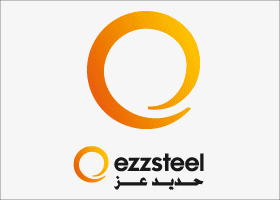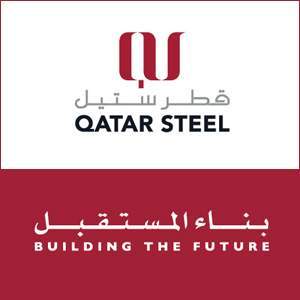Asia’s steel and iron ore markets are trying to link recent Chinese coronavirus shutdowns to the potential loss of exports from Russia and Ukraine. While the first factor represents a downward trend for prices, as China’s steel production may decline in some areas of the country, such as Tangshan, as well as the potential impact on economic growth, the second factor is both down and up, depending on what the military and geopolitical conflict unfold between Moscow and Kyiv.
Both Russia and China are the leading exporters of steel in the world, Russia has shipped about 28 million tonnes in recent years, ranking directly behind Japan, but it is still far from China with 52.63 million tonnes of steel exports in 2021, according to the official data.
The third player is Ukraine, which also exports about 15 million tonnes of steel annually, ranking eighth, and it is the fifth-largest shipper of iron ore in the world, with 21.26 million tonnes last year, although volumes are small compared to the largest exporter, Australia with 884 million tonnes, and Brazil is in second place. According to Refinitive research.
Since the start of the Russian military action in Ukraine and the imposition of Western sanctions on Moscow, international buyers have held back their steel orders, although the full impact of the sanctions may take several months before it becomes apparent. Ukrainian shipments have also been affected, as some of the country’s major ports are located near the battlefields, meaning that ship owners, insurers and traders alike will be reluctant to load, or move cargoes.
It is true that at first glance, this situation may appear bullish for both iron ore and steel prices, especially in Europe, which bought most of the supplies from Russia and Ukraine due to the possible contraction of imports. However, in turn, it will divert Russian steel to Asia, where exporters are looking for new markets to products that Europeans no longer buy based on recent tensions.
And while the Asian markets may be concerned if Russian products are offered at significant discounts to those offered by the region’s most popular suppliers, China, India, Japan, and South Korea, in return, this will create new opportunities for other Asian exporters to ship their products to Europe. Especially if the steel mills are the European Union, which is constrained by the impact of higher energy costs on increasing their production.
Overall, Russia’s potential exclusion from most of the steel market in Europe will be heard in Asia as well, and a realignment of trade flows is expected. Much of it will depend on China’s future demand for steel, which, in turn, will be determined by how long the current shutdowns last and whether the increase in stimulus spending will follow as Beijing seeks to rebuild its economic momentum.
Official data showed that China’s crude steel production fell by 10% in the first two months of this year to 157.96 million tonnes, from 174.99 million tonnes over the same period in 2021.
Production restrictions imposed to cut pollution ahead of the Beijing Winter Olympics played a considerable role in the decline in production, and the high prices of iron ore and coke did limit the efforts of factories to operate at high capacity. On the other hand, China’s exports of steel products in January and February decreased by 18.8 per cent compared to last year to 8.23 million tonnes.
However, the modest start to the year for China’s steel sector does not mean that the coming months will follow the same way, and there are already some signs of production picking up. China Iron and Steel Association said that crude steel production rose by 4.61% in the ten days to March 20, compared to the first ten days of it.
With the uncertain outlook for both the steel sector in China as well as the impact of the Russian military operation in Ukraine, iron ore and steel markets traded cautiously, with extreme price fluctuations in the crude oil and natural gas markets.
The price of standard iron ore, which was delivered to northern China by 62%, ended at $146.4 a tonne a week ago, up slightly from $137.20 a tonne on February 23, according to an assessment by Argos. Shanghai rebar futures closed at 4,976 Yuan ($782) a tonne on Thursday, up from 4,775 Yuan a day before the beginning of Russian military operations.
These modest gains in iron and steel ore prices in Asia reflect a potential market bias to the assumption that bullish factors from the Chinese stimulus and the loss of Russian and Ukrainian exports will eventually triumph.




























